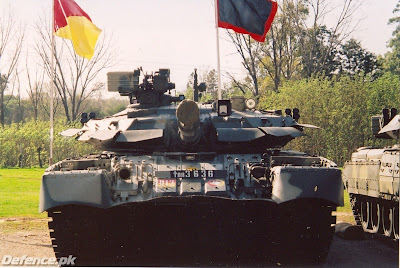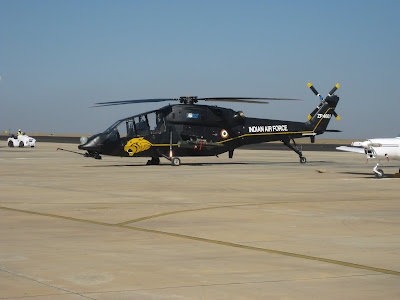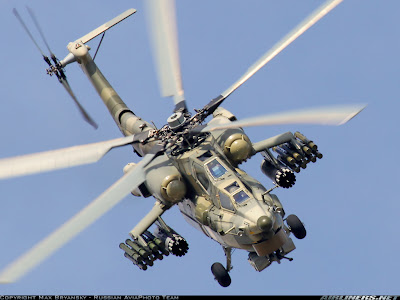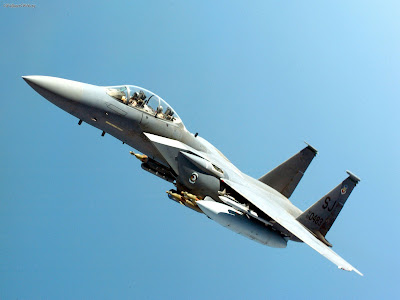 |
| T-80 UD |
 |
| T-80 UD |
 |
T-80UD Beryoza
In parallel with the T-80U and Russia in general, the Morozov Bureau in Ukraine developed a diesel-powered version, the T-80UD. It is powered by the 1,000-hp 6TD-1 6-cylinder multi-fuel two-stroke turbo-piston diesel engine, ensuring high fuel efficiency and a long cruising range. The engine support systems make it possible to operate the tank at ambient fuel temperatures of up to 55°C and to ford to a water depth of 1.8 m. The T-80UD shares most of the T-80U's improvements, but can be distinguished from it by a different engine deck and distinctive smoke-mortar array and turret stowage boxes. It retains the remotely-controlled commander's machine gun. About 500 T-80UD tanks were built in the Malyshev plant between 1987–91. About 300 were still at the Ukrainian factory when the Soviet Union broke up, so the T-80UD tank and its design was far more welcomed in Ukrainian Military service. And is more common in Ukrainian service than Russian. The T-84 and Ukraine's older T-80s will be Ukraine's main battle tank well into the 21st century. |
 |
| T 84 Oplot |
 |
| T 84 Oplot |
 |
| T 84 Oplot |
A further improvement of the T-80UD is the Ukrainian T-84 main battle tank, which includes the new welded turret, a 1,200-hp (895 kW) 6TD-2 engine, Kontakt-5 reactive armour, the Shtora active protection system, a thermal imaging sight, a muzzle referencing system, and an auxiliary power unit. The T-84U (1999) shows many refinements, including deeper sideskirts, modified reactive armour, a small reference radar antenna near the gunner's hatch (used to track rounds and compensate for barrel wear), and a large armoured box for the auxiliary power unit at the rear of the right fender. Unlike Russia, the Ukraine has had much better success selling T-80s and T-84s to foreign customers. Cyprus has bought a number for its small army. Pakistan countering India's adoption of the Russian T-90 has bought Ukrainian T-80UDs for its main armored corps in the Pakistani army. The T-84 Oplot (ten delivered in 2001) introduced turret-bustle ammunition storage, and to offer more sales to international market, the T-84-120 Yatagan has been offered for export, featuring a very large turret bustle and NATO-compatible 120 mm gun. As of 2010 Bangladesh has ordered a major purchase of T-84 Yatagans. In 2011 Azerbaijan announced to buy Ukrainian T-84 Oplot to be the Azerbaijan's main battle tank in its Army.



















































